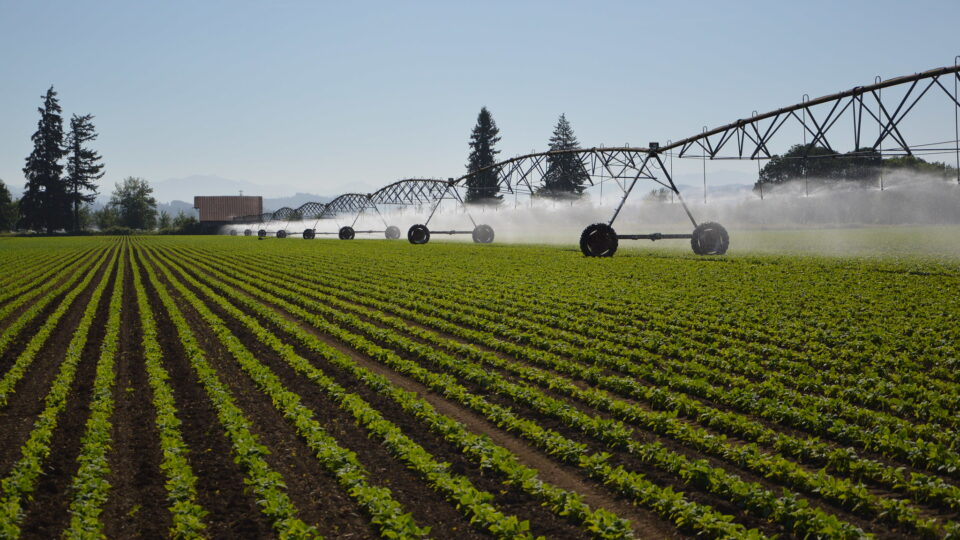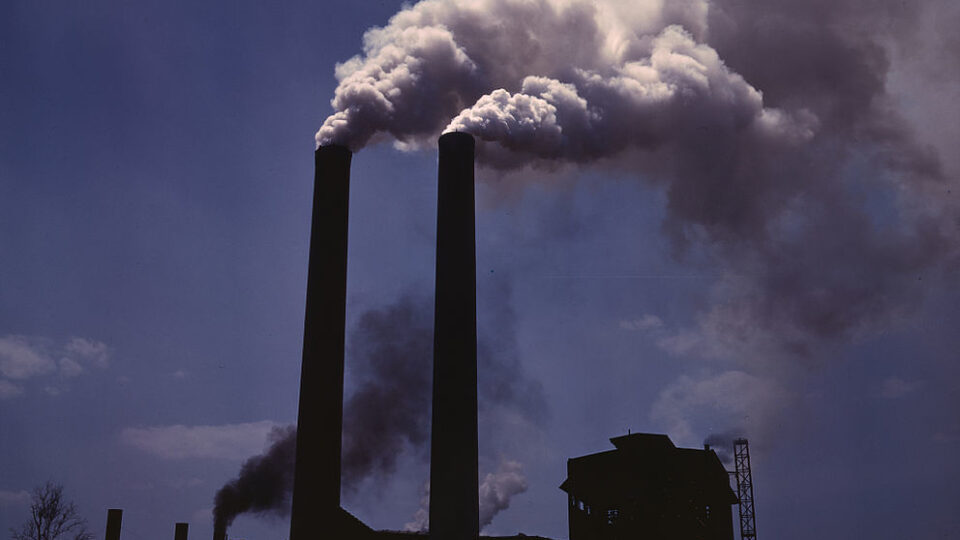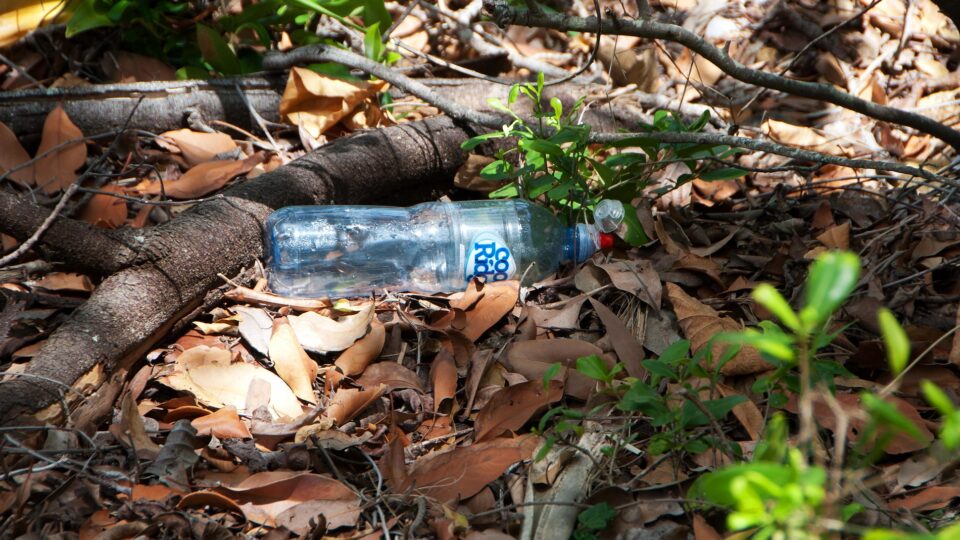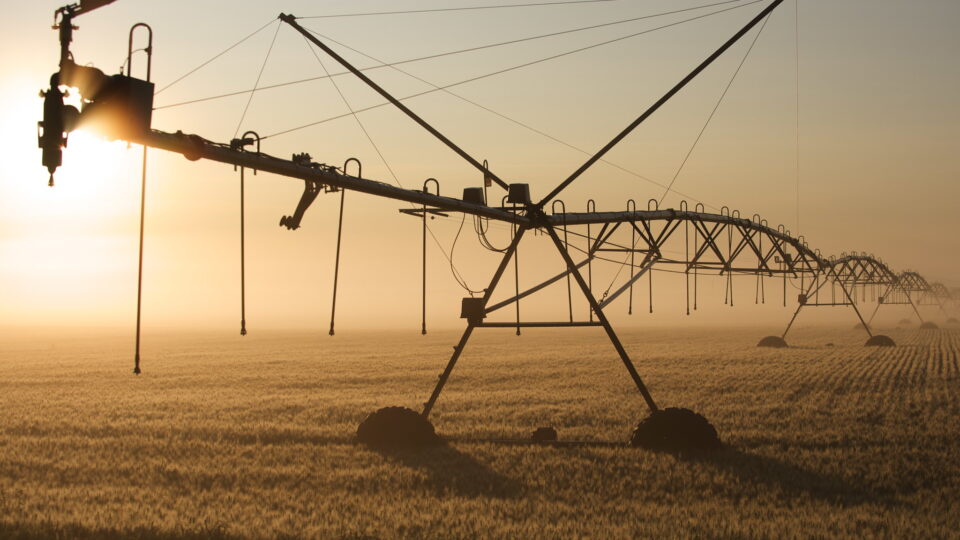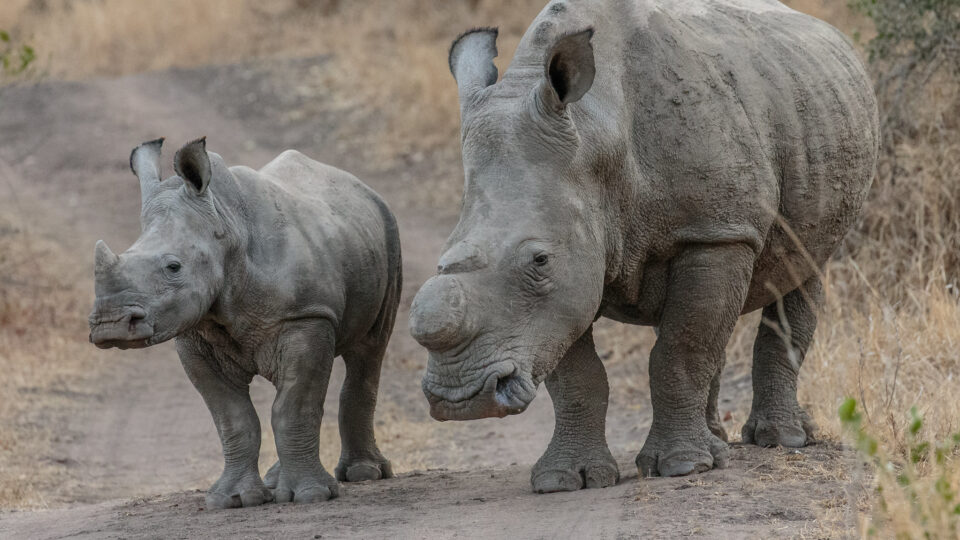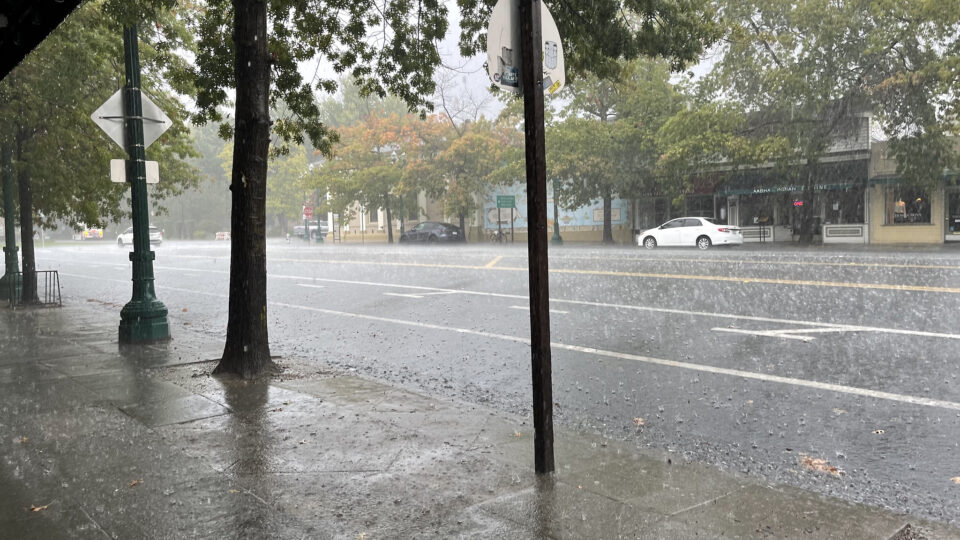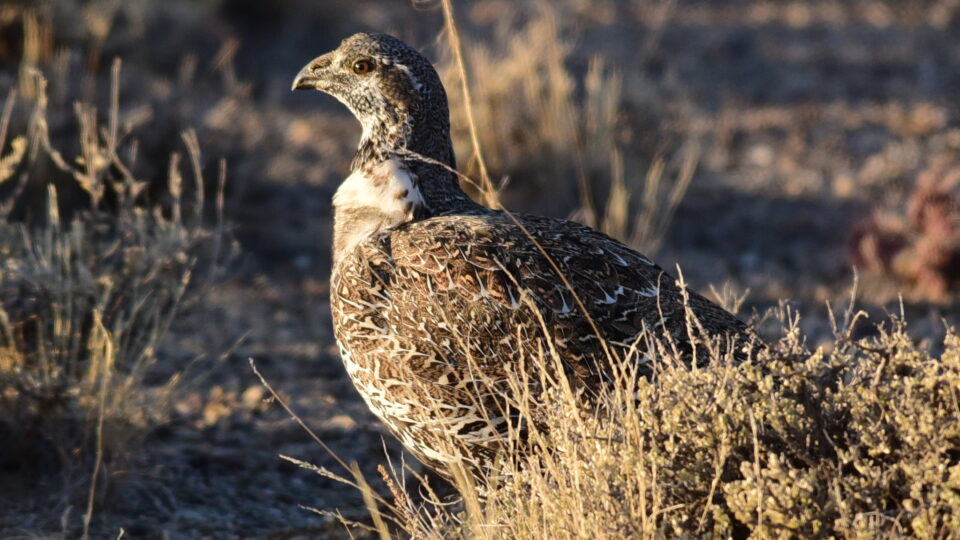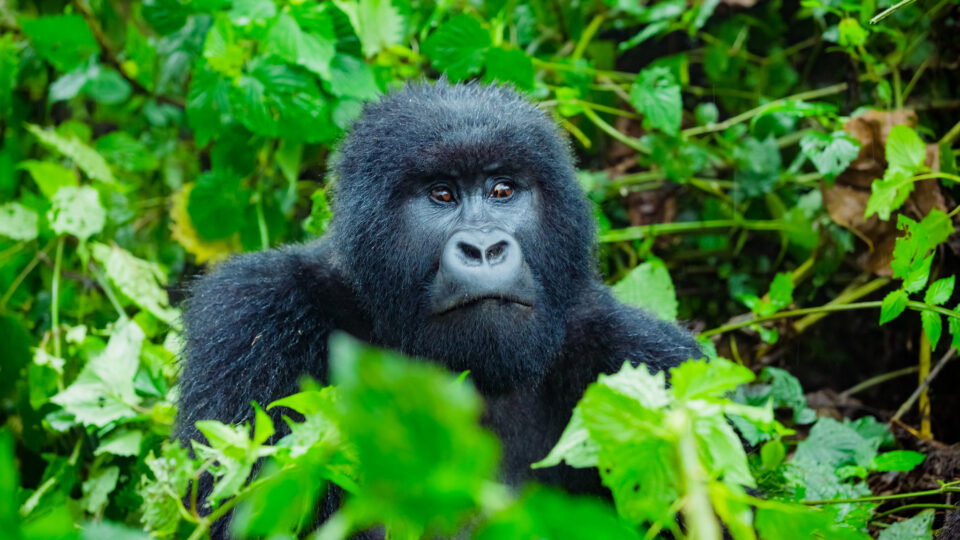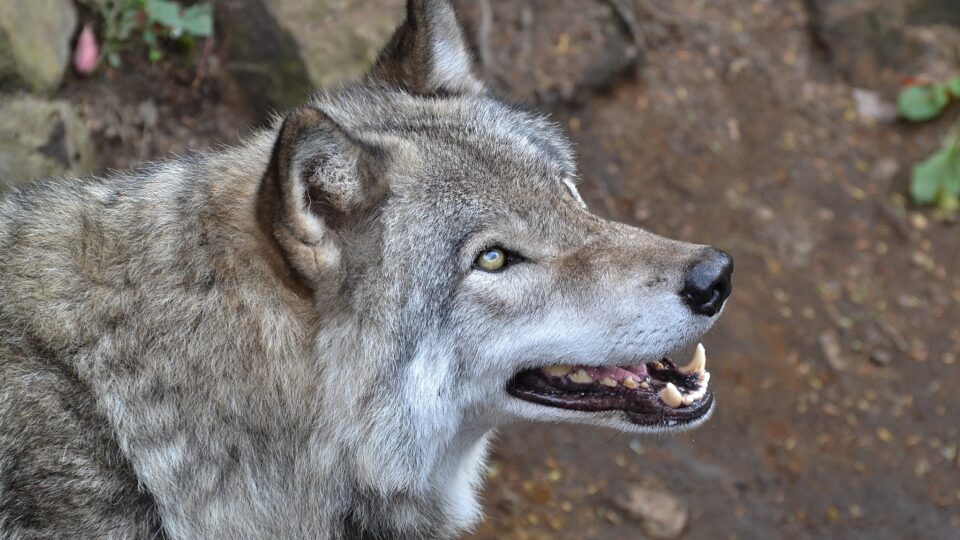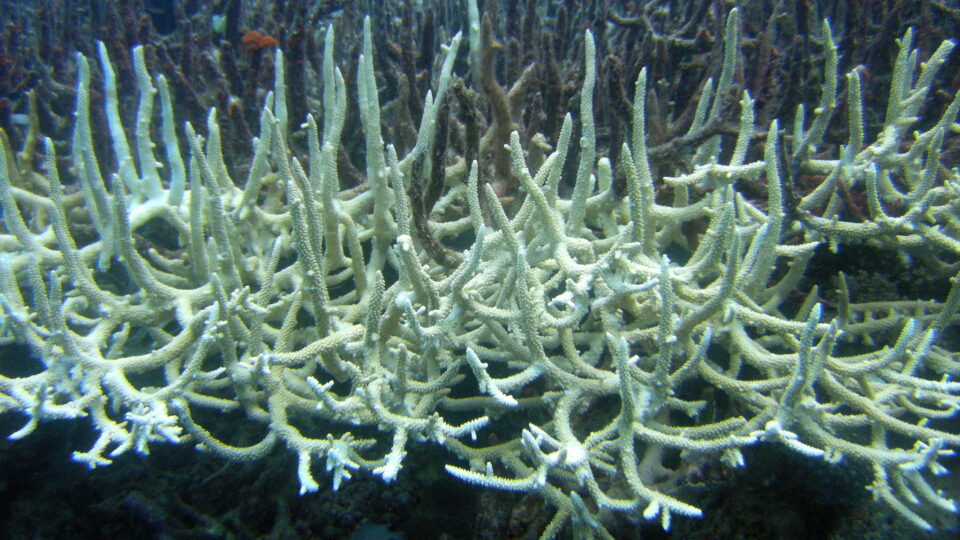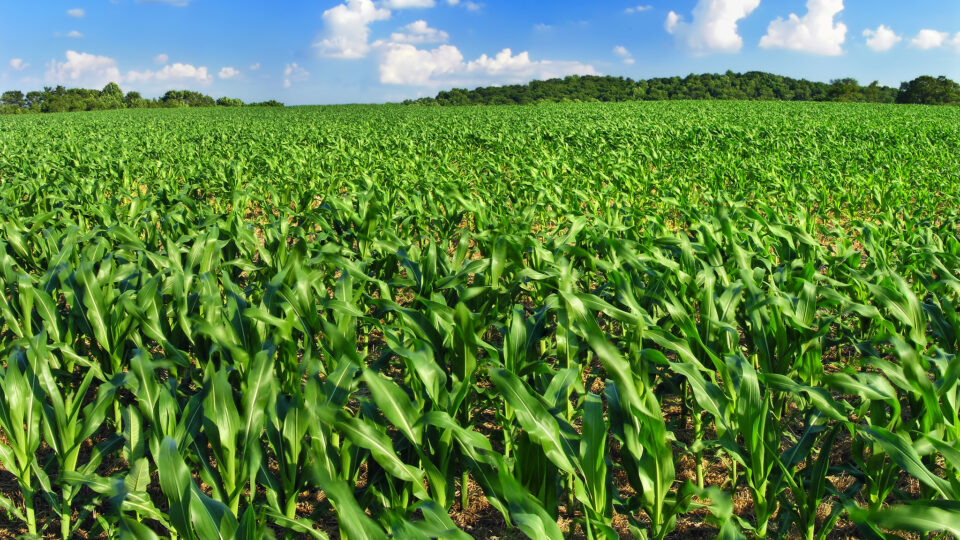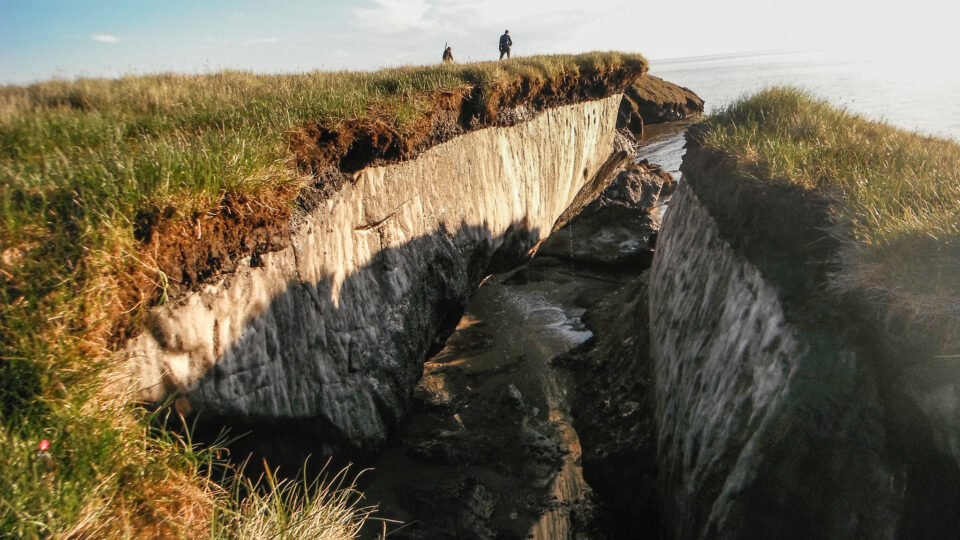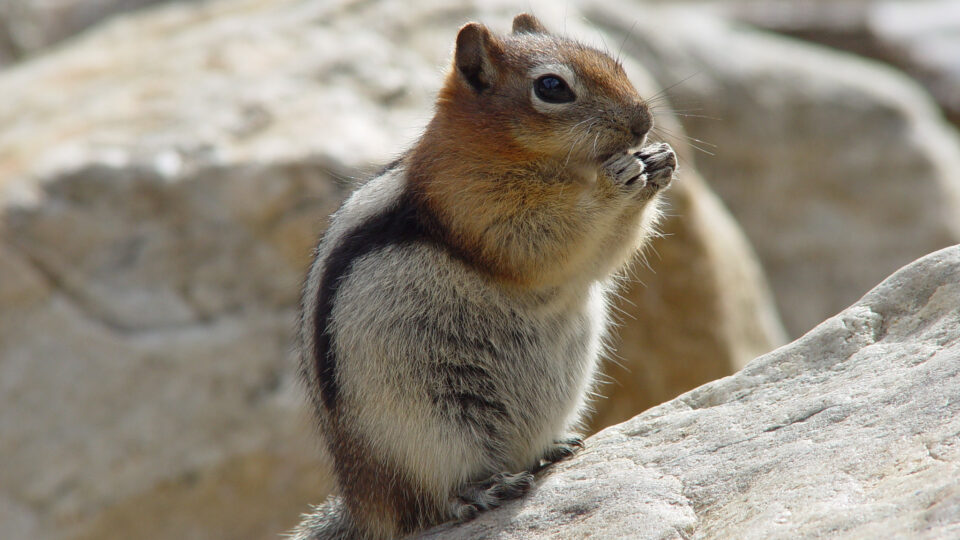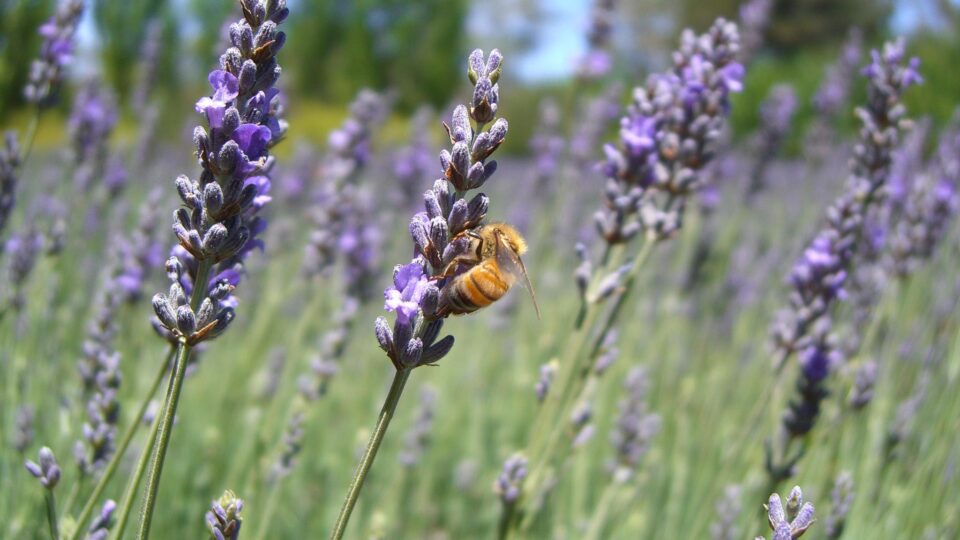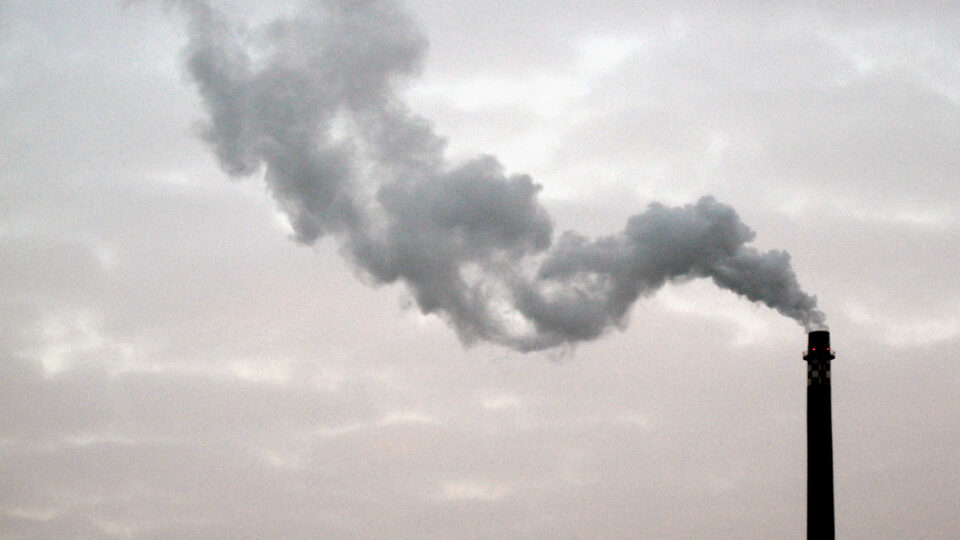The Colorado River serves nearly 40 million people in seven U.S. states and Mexico. It provides water for 5 million acres of farmland. Increasing demand from growing populations, damming, diversion, and drought have been draining the Colorado at alarming rates. This critical resource supports countless economies, communities, and ecologies stretching from the Rocky Mountains to the Gulf of California. The Colorado River essentially has made the cities of Las Vegas, Los Angeles, Denver, and Phoenix possible.
How the water of the Colorado is distributed is determined by an agreement that is over 100 years old: the Colorado River Compact. It was made at a time when people thought there was more water than really was there. And at the time, no one thought that the seven states would need to use the water they were allocated down to the last drop.
There have been various measures over the years to conserve water from the Colorado River, including the Colorado River Interim Guidelines in 2007. Those guidelines will expire in 2026 and negotiations are beginning to take place among the many stakeholders scrambling for water rights. Apart from the seven U.S. states and Mexico, there are 30 tribal nations involved. Collaborative governance is complicated when it crosses multiple jurisdictions with their own laws and legal precedents. The goal is to put in place a new agreement to protect the Colorado River.
Rapidly-growing populations in major cities, a 20-year megadrought, and historically low water levels in America’s two largest reservoirs have put enormous pressure on the Colorado River. Creating a plan to protect the lifeblood of the American West is essential.
**********
Web Links
Addressing the Colorado River crisis
Photo, posted June 18, 2022, courtesy of Jeff Hollett via Flickr.
Earth Wise is a production of WAMC Northeast Public Radio

